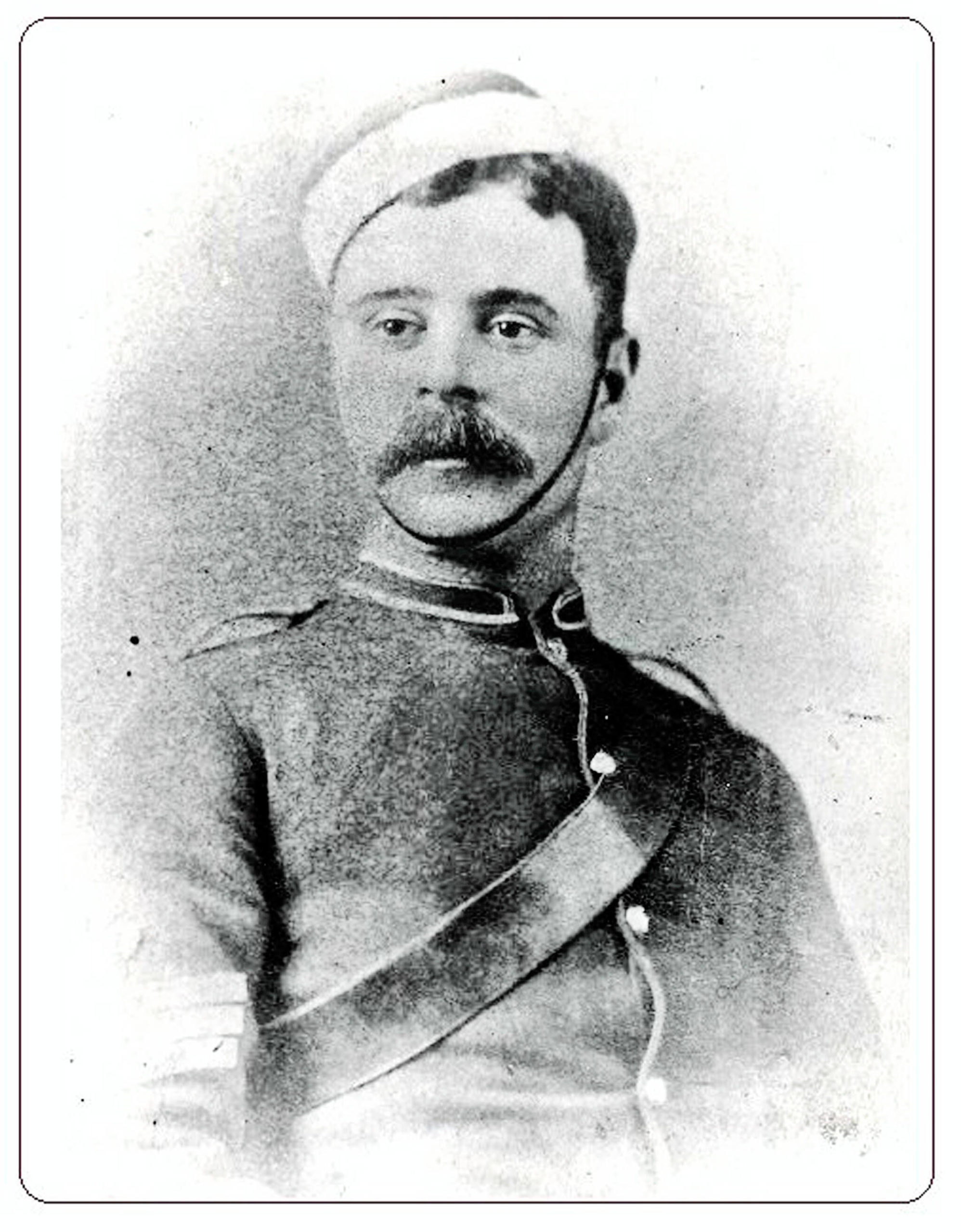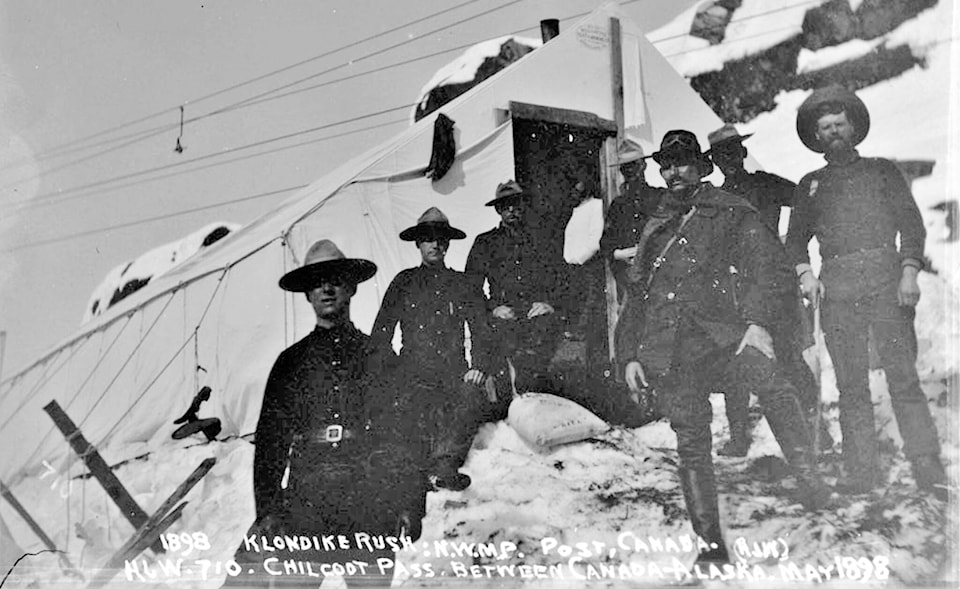My column published in the print edition of the News on Jan. 20 has elicited an unprecedented response from my readers. Never has an article led to so many people contacting me about something that I have written. This is reassuring; it confirms that somebody out there reads my column, but it is also complicated.
A history of a person evolves as one learns more details about their lives. As new facts come to light, it opens new avenues to investigate. Solve one puzzle, answer a question, and another emerges. That has certainly been the case with Jack Pringle.
In my previous column, I raised the question: while posted to the Yukon, did the missionary Pringle brothers ever meet their Mountie brother, who was stationed on the Dalton Trail? I had found no evidence, I said, that suggested they met in person in the Yukon. After my article came out, historian, David Menary, from Cambridge Ont. (where the Pringles originated) mentioned a reference in the book “Tillicums of the Trail,” written by brother George in 1922. In it brother George recounts two meetings in the Klondike with his brother Jack.
Here is where it gets complicated. The first meeting supposedly took place in 1902 when Jack was stationed on Eureka Creek, followed by another sometime later, just before brother Jack was transferred to Saskatchewan. This confused me because “Dalton Trail” Jack left the Mounted Police a year earlier, in 1901. How could this be, I wondered?
Correspondence from another reader led me to findagrave.com, and then back to the Northwest Mounted Police records that are posted online at the Library and Archives Canada website. I referred back to these records and a deeper dive into them revealed two other Pringles who served with the Mounted Police in the Yukon: James G., and George Alexander.

The Mounted Police file for James G. is large, consisting of 376 documents. I waded through them all, some of which were irrelevant, others are so faint, they are illegible. What I did find were a number of documents — correspondence to and from Reverend Dr. John Pringle regarding his errant brother. It is clear now that James G., not James Albert (from the Dalton Trail) was the brother of the missionary Pringles. And one of the documents in the file confirmed that he was posted at Eureka Creek.
The story about James G. Pringle is a sad one. Before coming to the Yukon, he was stationed in Battleford, Saskatchewan. It appears that he fled to the Yukon to get away from a bad marriage. James G. served a total of 25 years in the Mounted Police, 22 of them before he came to the Yukon. He arrived in the Yukon with the rank of staff sergeant.
But either the bad marriage or the Yukon was his undoing. His personnel files show that he was constantly disciplined for drinking on the job, and other infractions, and was eventually demoted to constable before being transferred out of the Yukon. The higher ups in the force were lenient with him because he had served the Mounted Police for so long, and there was some sympathy for his marital plight apparent in correspondence in his file.
James G. left the Mounted Police in 1903, and died in 1910. From the correspondence, it is apparent that he died penniless. His brothers John and George paid the costs of the funeral, and John officiated. James’ last pension cheque was $12.40, which went to John to cover some of the costs of the funeral, and amounted to roughly $190.
Another correspondent, Tim Popp, an authority on Yukon military history, referred me to the RCMP graves database. In the file for James Albert Pringle, it refers, by coincidence, to an article that I wrote some years ago, titled “Showdown on a Skagway dock.” In this article, I referred to a confrontation that Inspector Z.T. Wood had with Soapy Smith in June of 1898, not long before Smith was killed. One of the Mounties accompanying Wood was a Sergeant Pringle. It was not James Albert, however, but another Pringle who was stationed on the Chilkoot Trail at the time of the Klondike stampede. His name was George Alexander Pringle.
George A. Pringle arrived at the Chilkoot as a corporal, and under the command of Inspector Belcher, helped establish the Mounted Police post at the summit of the Chilkoot Pass on Feb. 11, 1898. He was promoted to sergeant a few months later. Jack Pringle, who was stationed at Dalton Post, never rose above the rank of constable during his time on the force. Unfortunately, as is often the case, stories about one individual become attributed to another, and after several repetitions of the story by others, assume the mantle of fact. This appears to be the case with Jack Pringle and Soapy Smith.
If that is not confusing enough, there are several clues that lead to the possibility that the Jack Pringle on the Dalton Trail is a distant relative to the three Pringle brothers — James, John and George. This has yet to be confirmed, and requires a deep dive into genealogical records. That’s a rabbit hole I am leery of entering, but I may have to in order to confirm or refute this genealogical connection.
The point of this update is that history is not always straight forward. Sometimes the facts can be difficult to separate from the misinformation. Names become confused, and the stories connected to one person may mistakenly become associated with another. It may be purely accidental, but it can create considerable headaches for the historian. But that is also what makes historical research so interesting.
Once a story gets out there, it can develop legs, and be retold repeatedly. That’s why I decided that it was important to share my ongoing search for answers about the Yukon Pringles — in the hope that I can stop the spread of misinformation before it becomes accepted as fact.
Michael Gates is Yukon’s first Story Laureate. His latest book, “Hollywood in the Klondike,” is now available in Whitehorse stores. You can contact him at msgates@northwestel.net.
